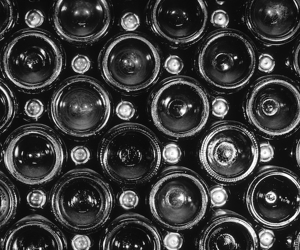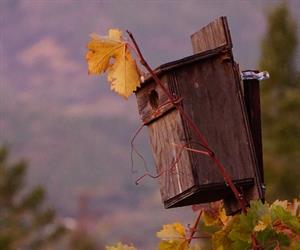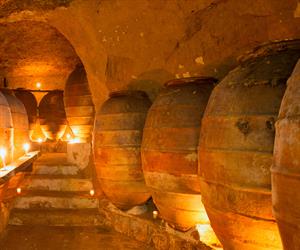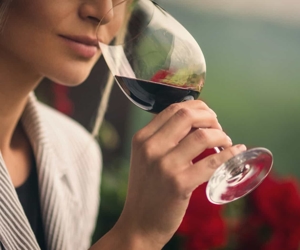Wine collectors and connoisseurs often buy wines that they don't intend to open for years. Cellaring wines allows buyers to enjoy wines when they've matured a little longer, allowing the flavor compounds to adopt new layers of complexity. Perhaps you've bought your first bottle of wine you intend to keep for a little while. The first question you'll have to answer is "how should I store it?" Keep in mind that "room temperature," as a rule of thumb, was created in the time of drafty castles that averaged around 55 degrees. Modern, insulated homes have a room temperature of above 70 degrees, which is not ideal for wine (which we get into below).
In today's blog, we've prepared a few criteria for where and how you should store your wine.
Somewhere Cool…But Not Frozen
Temperatures around 70 degrees Fahrenheit will age wines faster—and temperatures above that will flatten the aromas and flavor of your wine. The ideal temperature is between 45 degrees and 65 degrees, although it will vary by wine. A safe and often-cited temperature for storage is 54–55 degrees.
However, you don't want to let it get below 45 degrees either.
A fridge is okay for a month or two, but the average fridge temperature often goes below 45. Over time, frigid temps will dry out and shrink your cork, allowing air to get into the bottle and damage the wine.
Additionally, you want to be careful about putting your wine where it could freeze. If wine gets left in the freezer or in an uninsulated part of your house, the wine will freeze, expand, and potentially push the cork out.
Somewhere with Stable Temperatures
Even if you can't find a perfectly 55 degrees place, the best place for wine is any place where the temps are consistent. Rapid highs and lows in temperature can expand and contract the wine, which pushes out the cork (or shrinks it). Minor changes in temp are okay—just find someplace where the temps are relatively stable.
Somewhere Away from the Sun
Just like our skin, UV rays in sunlight can prematurely age wine and make it expire early. It's one reason why wine bottles are dark green. They filter out harsh light and preserve the wine. If you need lighting where your wine bottles are stored, try to get incandescent bulbs. Fluorescent bulbs can emit small levels of UV light.
Somewhere On Their Side
So, the reason that wine collectors and restaurants all store wine horizontally is that a.) it’s much more effective at using shelf space, but also b.) the wine should always be in contact with the cork. If the wine is not in contact with the cork during storage, the cork can dry out, shrink, and allow air to seep into the wine.
Comfortable Humidity
Humidity levels of 50 to 80 percent are ideal for storing wine. Too humid and mold starts to grow around the wines—which won't harm the wine, but it wouldn't exactly be appetizing either. Not humid enough, and your cork will dry out. The ideal humidity is around 70 percent.
In summary, the ideal place to store wine is moderately humid, has a stable climate, doesn't get sunlight, and stays cool without freezing. You might understand why wine has been stored in cellars all this time! If you don't have a basement that can serve as a cellar, consider using any in-home space that doesn't get much heat or light. An out-of-the-way storage closet would be perfect for storing prized wines if you don't have a cellar.
Of course, you can always buy a wine cooler, but the same rules apply: somewhere without much heat or light.
In the end, you don't need a special underground facility to store your wines. Just pick a place with moderate heat, light, and moisture—and your wines will hold up well for many years to come.





